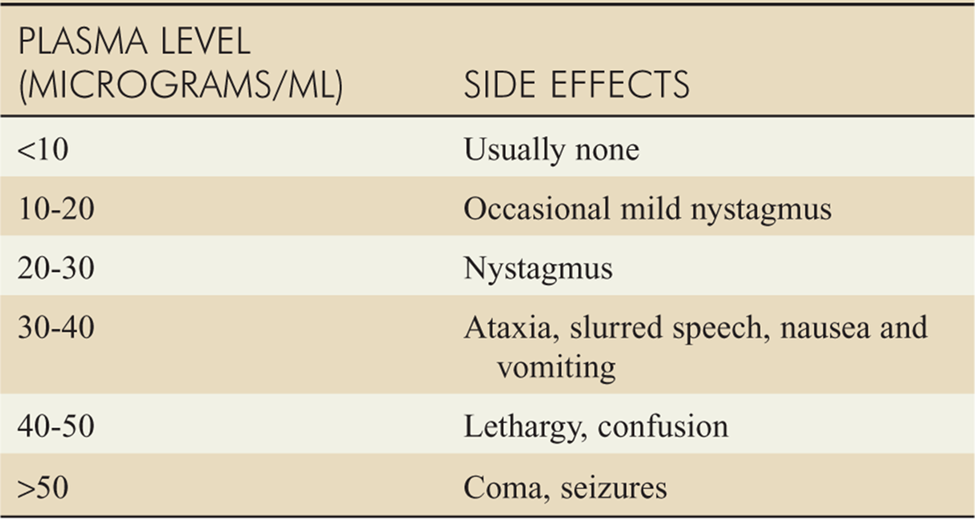The nurse prepares to administer benztropine to the patient with Parkinson's Disease. The nurse holds the dose and notifies the physician based on which assessment finding?
A respiratory rate of 14
A pulse of 102
Blood pressure of 88/60 mmHg
A temperature of 100.2°F
The Correct Answer is C
A. A respiratory rate of 14
A respiratory rate of 14 is within the normal range and is not typically a reason to hold benztropine. Respiratory depression is not a common side effect of this medication.
B. A pulse of 102
A pulse rate of 102 is also within the normal range, and changes in heart rate are generally not a prominent side effect of benztropine. This finding alone is not a typical reason to hold the medication.
C. Blood pressure of 88/60 mmHg
This is the correct choice. Anticholinergic medications, like benztropine, can cause side effects such as a decrease in blood pressure. A blood pressure of 88/60 mmHg may be a concern, and the nurse should hold the dose and notify the physician.
D. A temperature of 100.2°F
An elevated temperature of 100.2°F is not a direct contraindication to benztropine administration. Fever is not a typical side effect of this medication, so an increased temperature alone is not a reason to hold the dose.
Nursing Test Bank
Naxlex Comprehensive Predictor Exams
Related Questions
Correct Answer is ["36"]
Explanation
To calculate the infusion time for an IV of 1,500 mL running at 25 gtt/min. if the drop factor is 15 gtt/mL, we need to use the following formula:
Infusion time (in minutes) = Volume (in mL) x Drop factor (in gtt/mL) / Flow rate (in gtt/min)
Plugging in the given values, we get:
Infusion time = 1,500 x 15 / 25
Infusion time = 900 / 25
Infusion time = 36
Therefore, the infusion time for this IV is 36 minutes.
Correct Answer is D
Explanation
A. Administer the dose since the patient is not toxic.
This is not the appropriate action. With a drowsy patient and a high serum phenytoin level, there is a concern for toxicity. Administering the next dose could worsen the toxicity.
B. Contact the provider to discuss decreasing the phenytoin dose.
While adjusting the dose may be a consideration, the immediate action should be to withhold the next dose and report the elevated level to the healthcare provider. The provider can then determine the appropriate course of action.
C. Give the drug and monitor closely for adverse effects.
Giving the drug without further intervention is not appropriate when there are signs of potential toxicity, such as drowsiness. Monitoring alone is not sufficient in this case.
D. Report drug toxicity to the providers.
This is the correct choice. With a drowsy patient and a serum phenytoin level of 18 mcg/mL, which is considered high, reporting the drug toxicity to the healthcare provider is the immediate and appropriate action. The provider can then determine the next steps, such as adjusting the dose or ordering additional tests.

Whether you are a student looking to ace your exams or a practicing nurse seeking to enhance your expertise , our nursing education contents will empower you with the confidence and competence to make a difference in the lives of patients and become a respected leader in the healthcare field.
Visit Naxlex, invest in your future and unlock endless possibilities with our unparalleled nursing education contents today
Report Wrong Answer on the Current Question
Do you disagree with the answer? If yes, what is your expected answer? Explain.
Kindly be descriptive with the issue you are facing.
